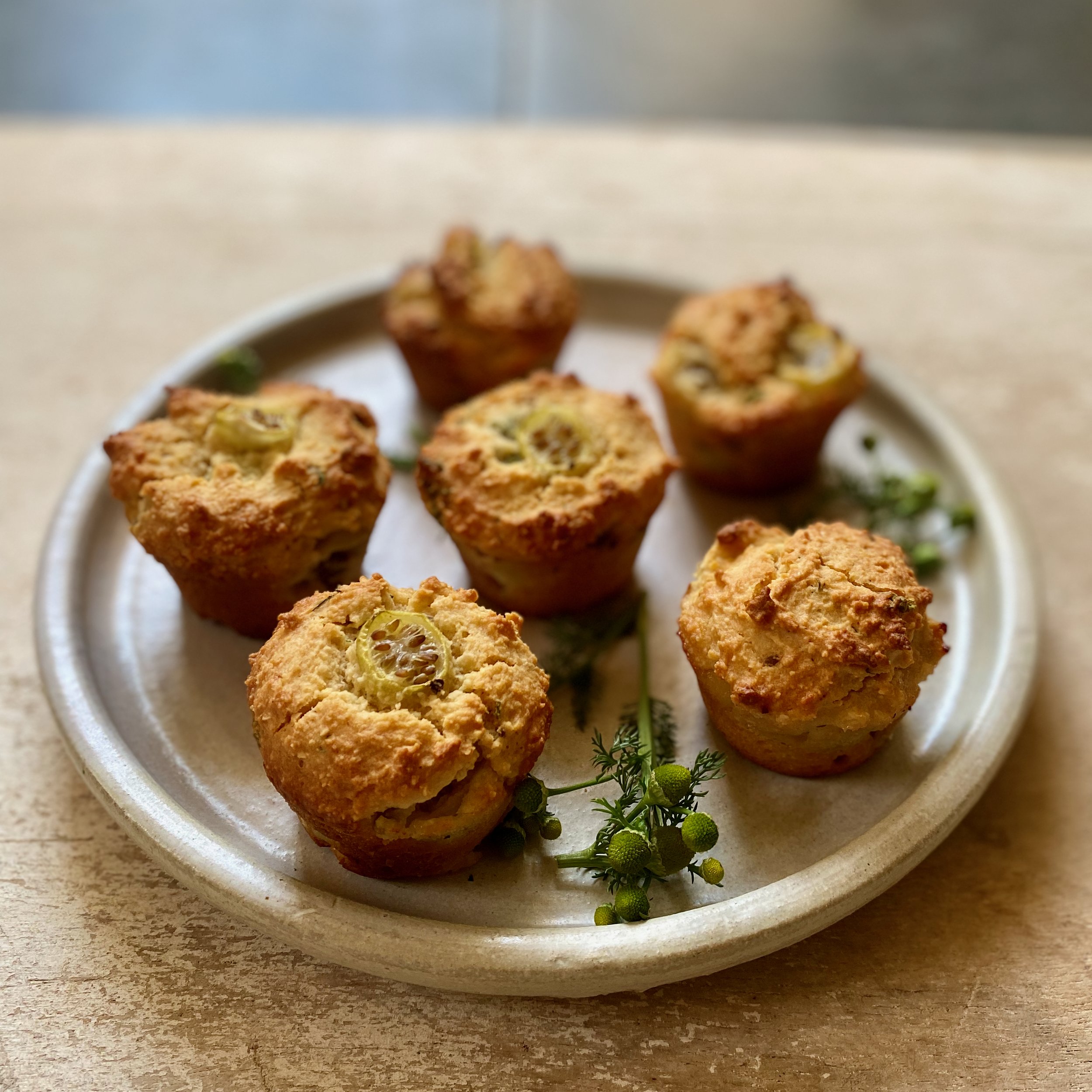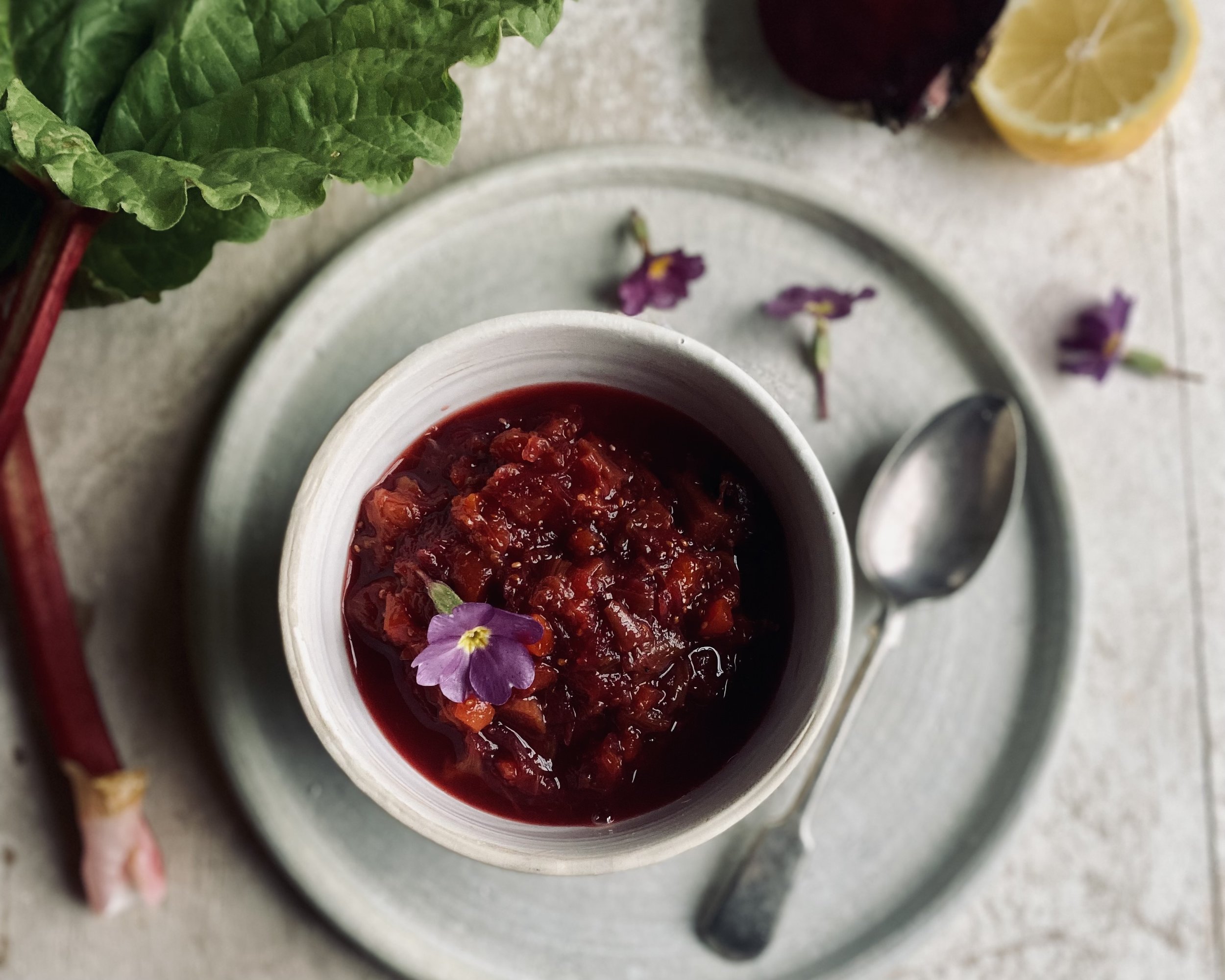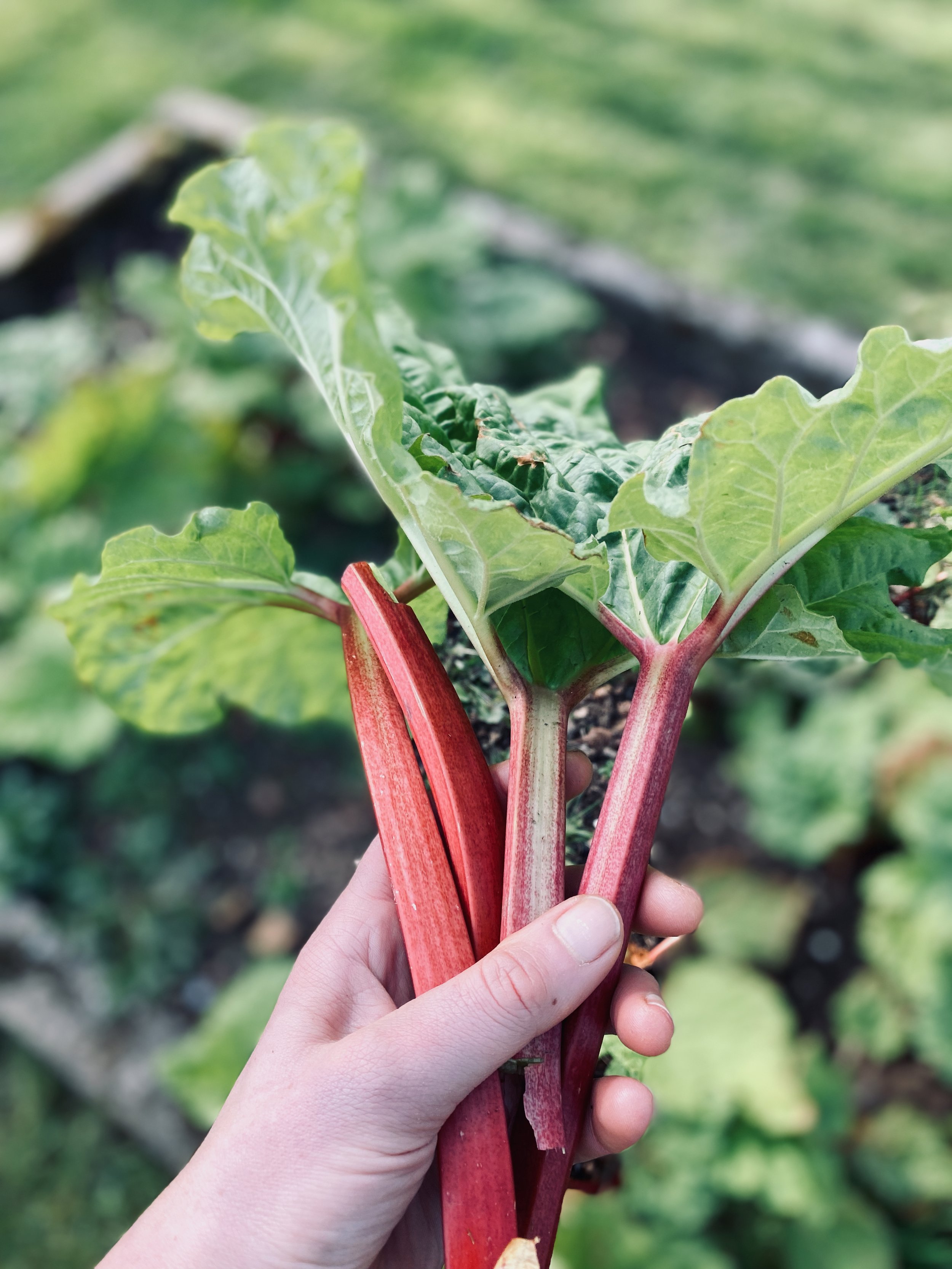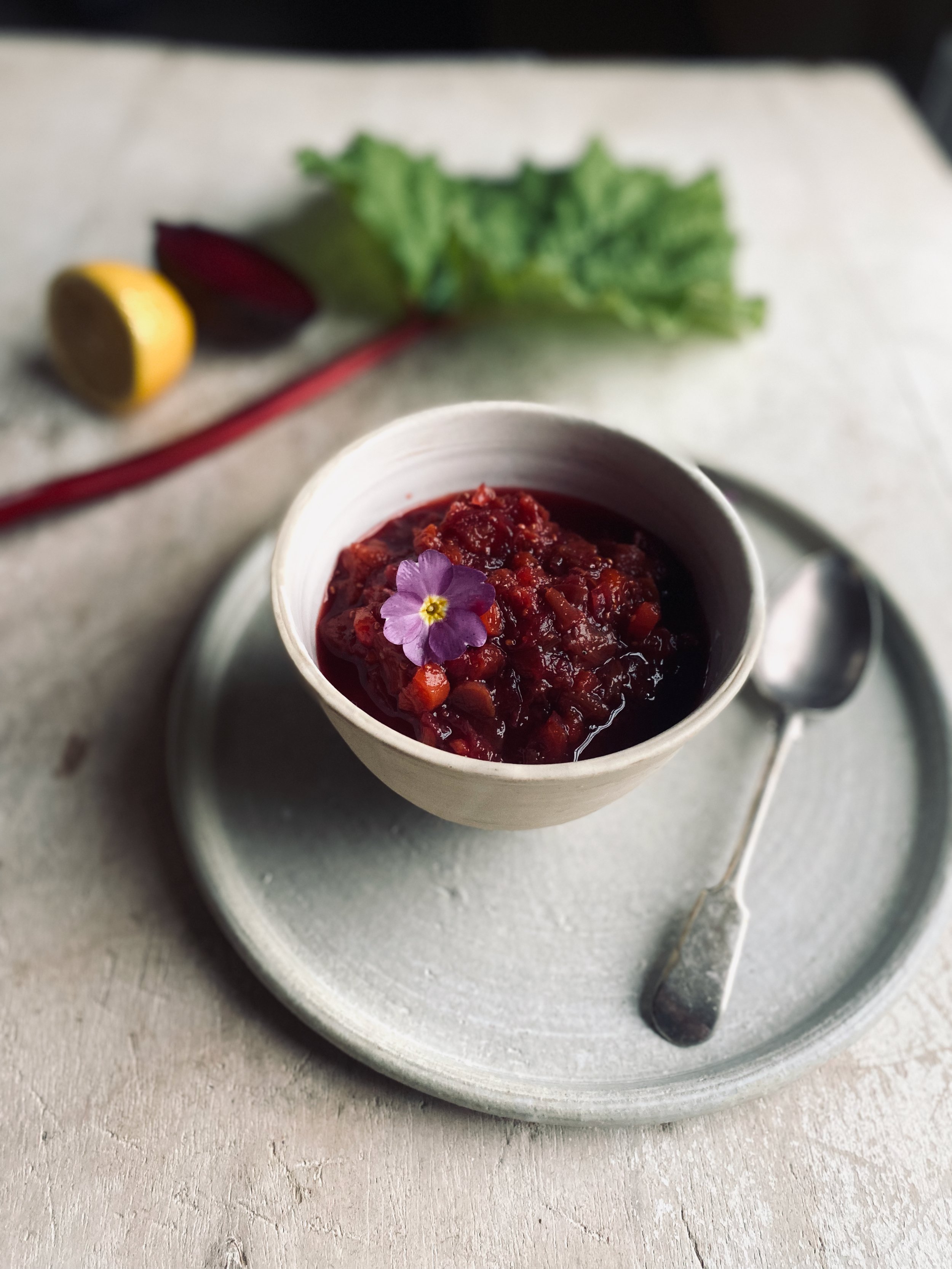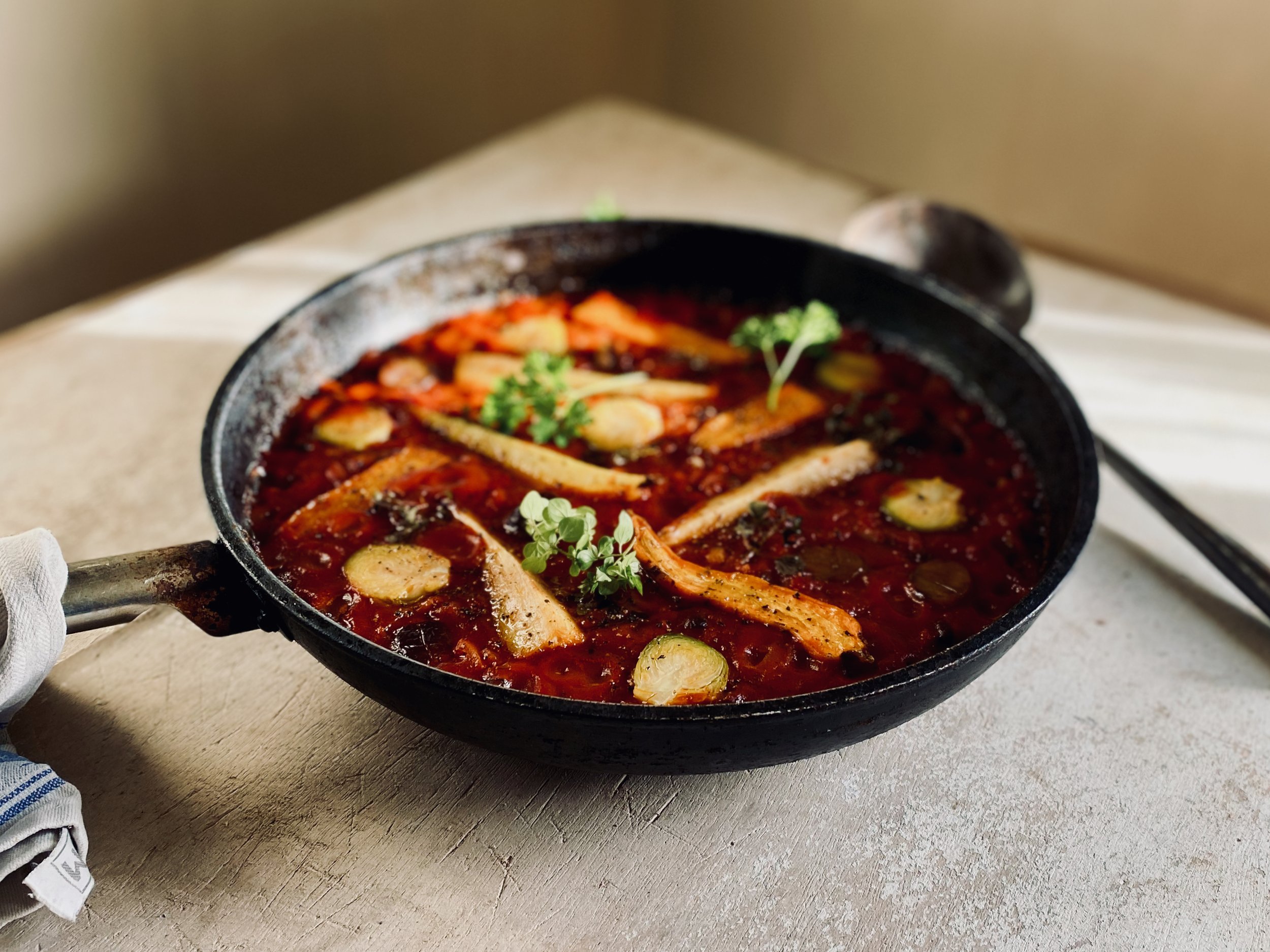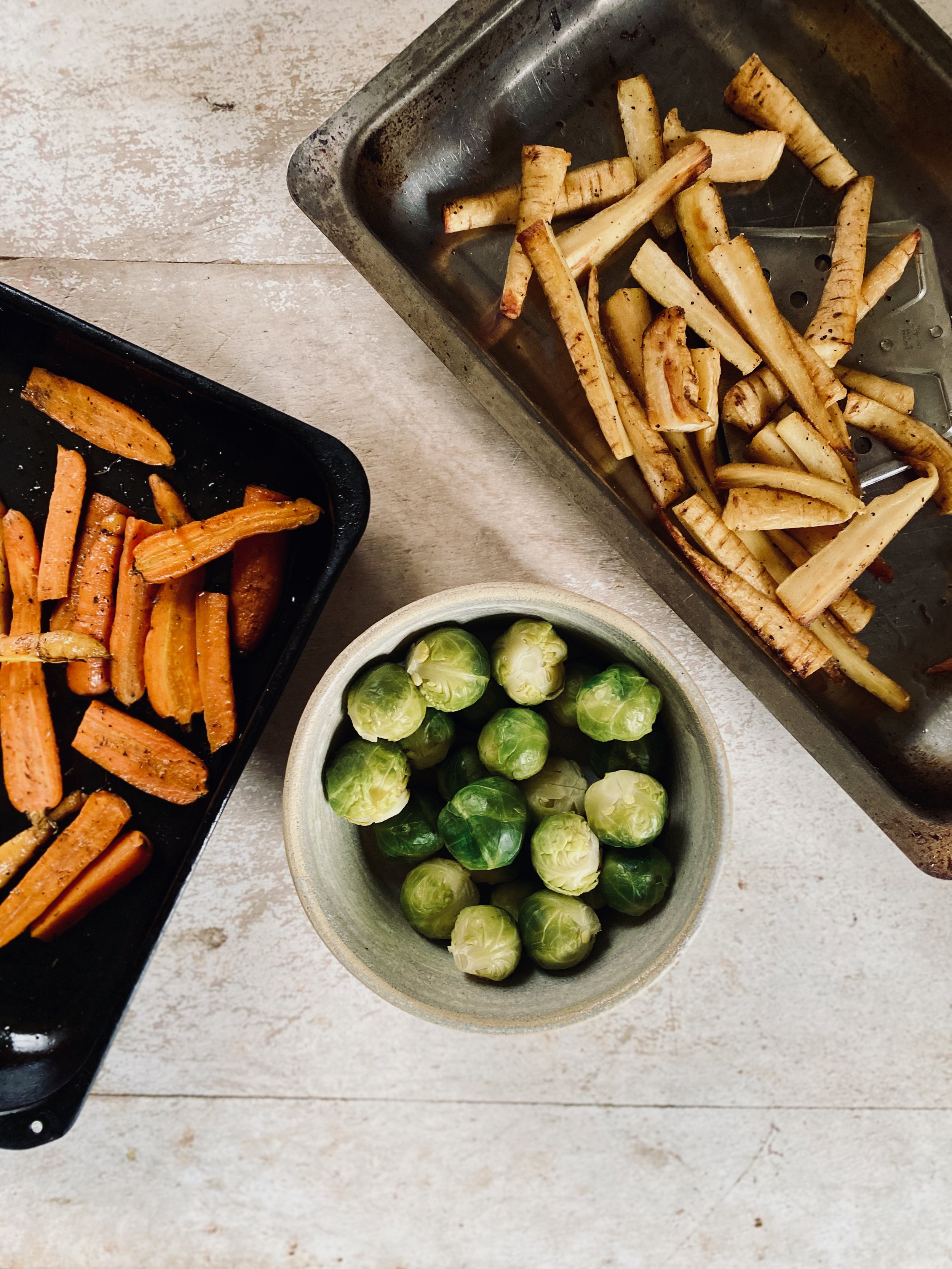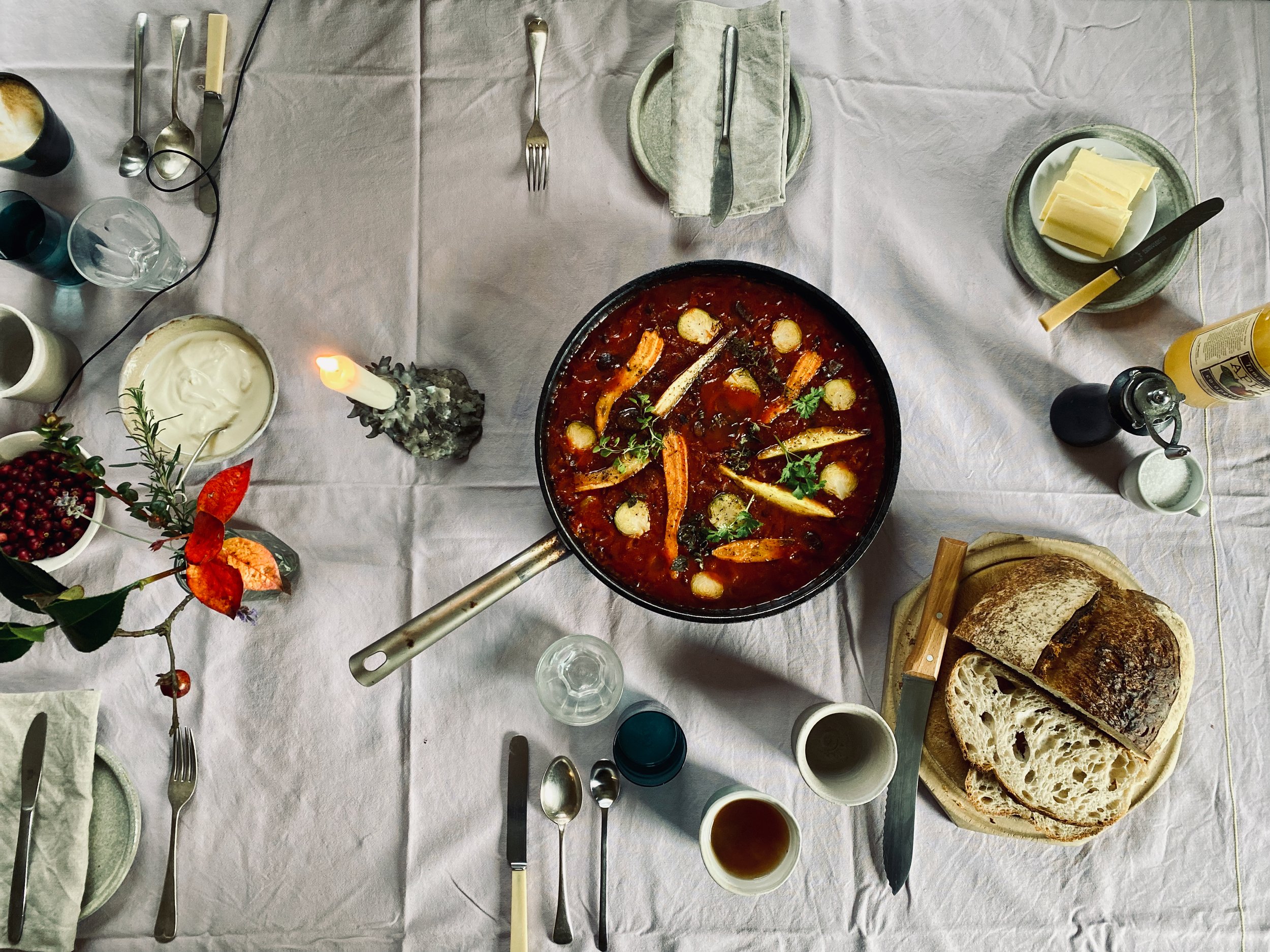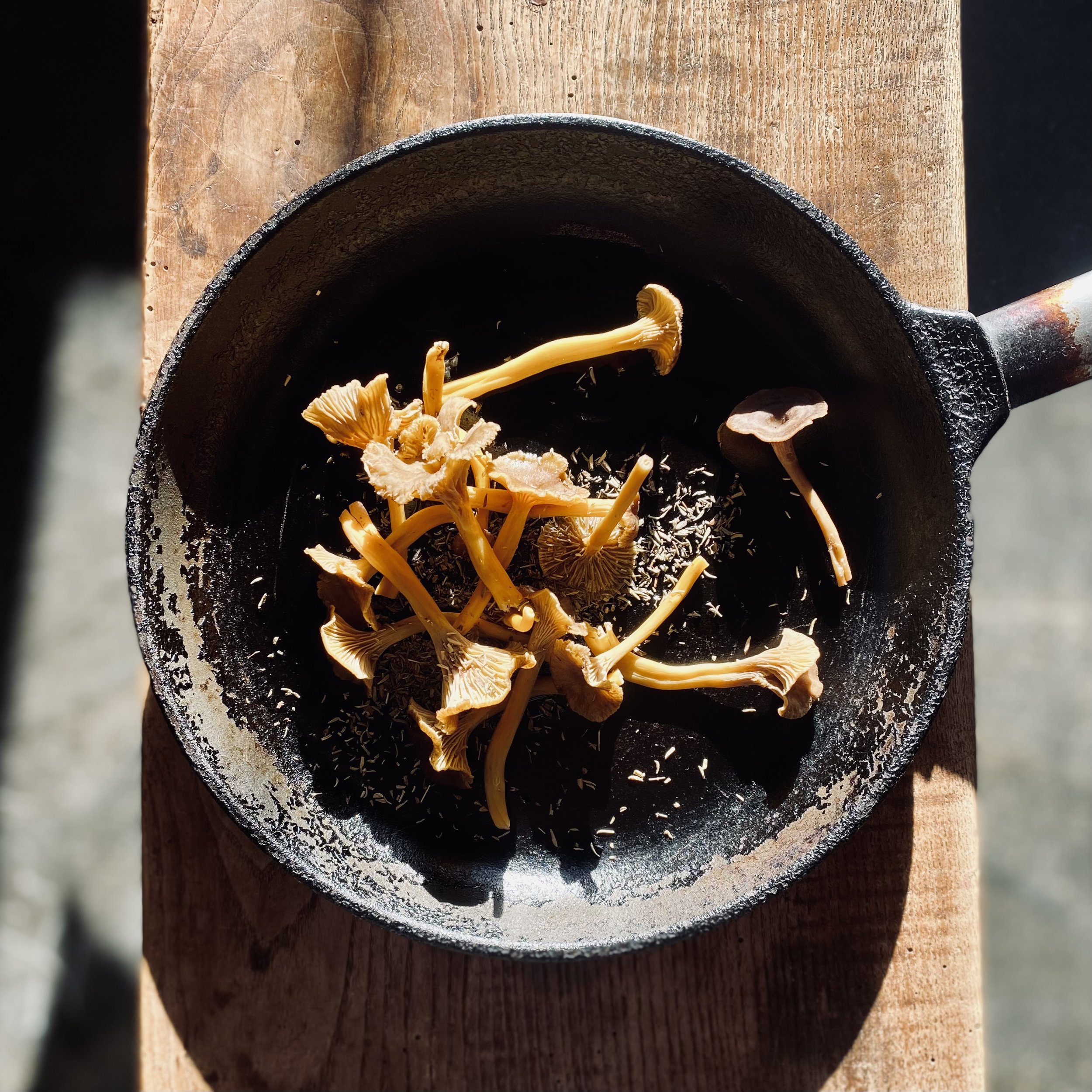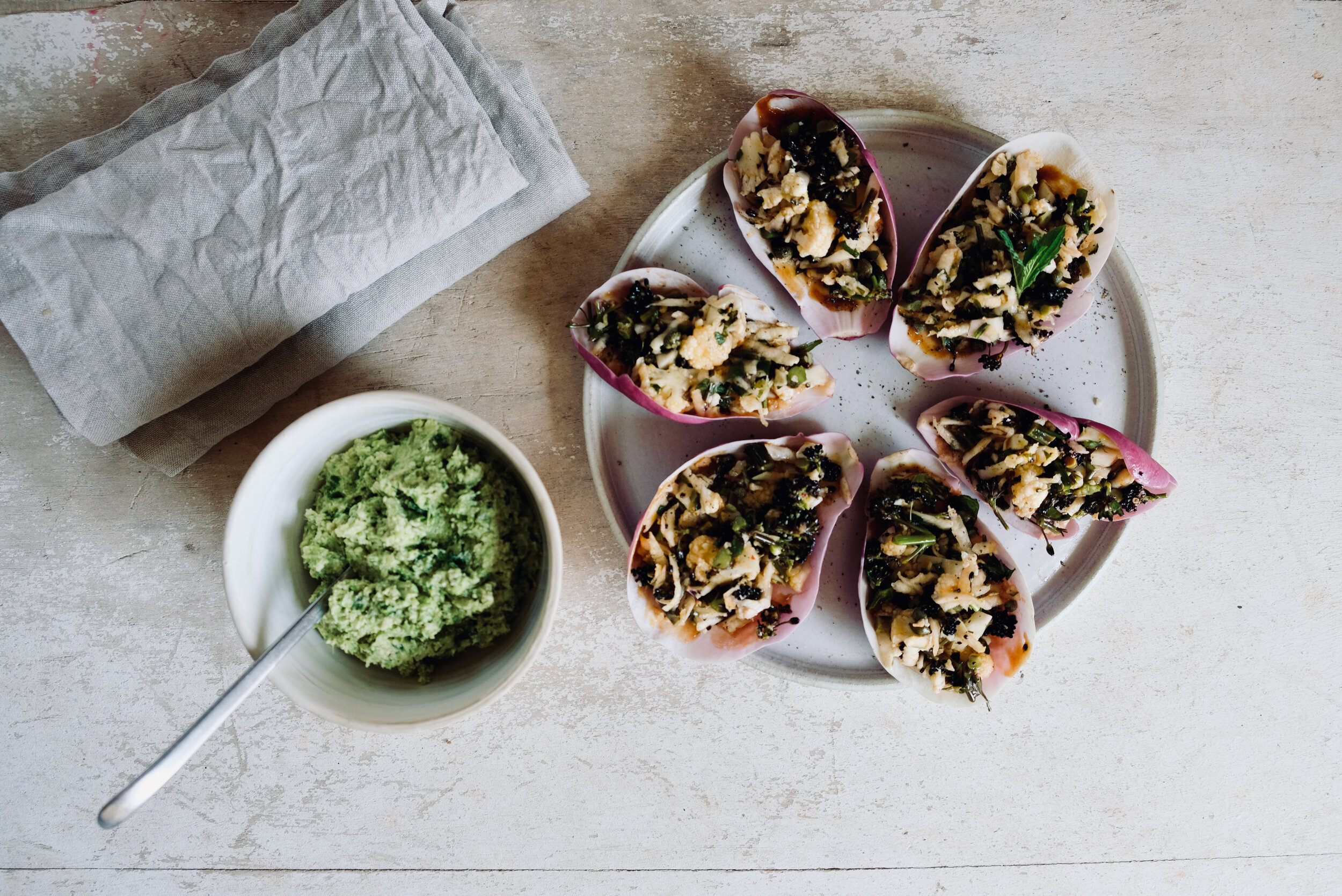This article is published in Drift Magazine Volume 11
Words by Tia Tamblyn I Images by John Hersey
As spring gently unfurls yet social restrictions continue to constrain us, it feels timely to reflect on the past year since life locked down and consider how our individual and collective trajectories have shifted through the era of Covid-19.
New norms of living have emerged, and with them fresh language. We Zoom, we socially distance, we mask. We’ve learnt grammatical rules that we didn’t previously understand as we’ve home-schooled our children (or is that just me?). We’ve had to learn patience, put plans on hold, celebrate special occasions from afar. There have been painful times for those on the front line, and for collateral casualties of the pandemic.
And yet. Despite our distance from one another and the challenges that so many have faced, there have been stirrings of hope and positivity, doors opening, new beginnings. Conversations have continued – yes, perhaps online – but the shaking-up and slowing-down of our lives has led many of us to re-think our values. During a year when time outside has been rationed, working from home has become the norm, the idea of taking a flight for a weekend city break seems like a fanciful memory and our food supplies have at times felt under threat, issues of sustainability have come to the fore.
We’ve had the chance to reflect on our behaviour, including our buying habits. Perhaps the pandemic has made us vulnerable in a way that our generation – in the West at least – hadn’t experienced, connecting us with an innate knowledge that what we really need to sustain us isn’t found through over-consumption.
The past year has generated a surge in support for, and awareness of, the environmental agenda. This has been building steadily through years of tireless campaigning, policy shifts and education programmes by individuals through to community groups, national governments and multinational organisations. Perhaps the fast-tracking of online communication during the global pandemic has helped to join dots; as Covid-19 tracks back and forth through countries and continents, are we experiencing a heightened awareness of ourselves as global citizens, and the responsibilities that this bestows?
Conversations are, I believe, at the heart of the opportunity that presents itself right now as we emerge from the clutches of Covid-19. We have the chance to consider the changes we can make towards living more sustainably as we start to re-shape our lives.
It is this belief in the power of sharing and learning from others to create positive change that has inspired my new podcast, Breakfast & Beyond: Conversations from Cornwall on Sustainable Living. In each episode I welcome a guest to talk, over breakfast, about the steps they are taking within their work to embrace sustainability. Rooted firmly in Cornwall and celebrating the innovative brands that are putting people and the environment at the fore, the podcast delves into a broad range of topics from food to floristry, homewares, fashion, skincare, agriculture, wellbeing and more.
It is one of these conversations I want to share here. Becca Stuart, floral designer, art director and founder of The Garden Gate Flower Company is my first podcast guest. In episode 1 she discusses not only how principles of sustainability underpin her work, but also the significant challenges that she has faced over the past year, and innovative ways in which she is re-shaping the identity of her business in the wake of Covid-19.
Becca co-founded The Garden Gate Flower Company 10 years ago. Drawing on her love for texture and colour through her background in textiles and design, the first year saw Becca and co-founder Maz create a floral cutting garden in the disused pony paddock at Becca’s family farm, just outside Fowey. From the start, the intention was to grow organically and work with the seasons to produce flowers with a light environmental footprint. Becca comments: “Back when we started it was so unusual to grow in this way – to place as much emphasis on provenance” and in so doing authentically reflect the seasons.
After researching options for selling locally, Becca and Maz made the choice to not only grow flowers and foliage, but Becca’s design skills were harnessed through the creation of timeless floral designs for weddings and events. The Garden Gate Flower Company has become internationally renowned as a sustainable, environmentally conscious garden and floral design studio; the only flowers that are used are home-grown or sourced from other British growers.
Three years ago the business made a significant shift as the retirement of Becca’s mother and step-father meant The Garden Gate had to relocate from the family farm. Becca then went solo with the company as she moved her growing beds, greenhouses and studio to a new site at The Duchy Nursery, on the outskirts of Lostwithiel. Becca continued to develop the scope of her business, teaching and running residential floristry retreats on top of growing and floral design. “The signature of my work is roses,” says Becca, and the essence of her approach is “creating art with flowers, embracing seasonality and the ingredients that can be found outside.”
Digging deeper into the sustainability of Becca’s work, I ask whether she has seen an increase in growers offering local,
seasonal, organic flowers. “Back when we started it was so unusual. Now there is a great co-operative of Cornish growers who embrace the same principles. The seasonal food movement happened really early; the transition to flowers has taken a lot longer, but we’re getting there.”
Aside from growing organic and designing with local, seasonal flowers and foliage, Becca doesn’t use floral foam which is made from plastic. Instead, her arrangements are styled with a simple ball of wire that is re-used time and again, or by collecting moss to create a base to support stems. The recent trend towards bleached flowers has frustrated Becca, as chemicals are used to achieve an in-vogue style to the detriment of the environment and the people tasked with spraying. This is, Becca reflects, one of the negative consequences of global trends shared through social media, although she acknowledges the power that this medium also holds to spread the message of sustainable floristry.
Collaboration is a theme that comes up time and again as Becca and I chat over breakfast. “Cornwall is thriving with people making sustainable, locally sourced, artisan products,” and Becca incorporates and celebrates the work of others within her own designs, from local potters such as John Webb to silk ribbons by Lancaster & Cornish, and she has a long-standing artistic collaboration with photographer John Hersey as they document the ever-changing shapes, colours and textures of her garden. Becca comments that at the start of 2020 her wedding book was full, and that for the first time “all of the couples had sought me out because they wanted seasonal, sustainable flowers. They knew they cost more to produce, but they were prepared to invest.” For Becca it was hugely encouraging to see people actively seeking out the sustainable.
And then, as for so many others, Covid-19 came along and decimated Becca’s business. With people no longer able to gather, weddings were cancelled leaving her with a garden full of flowers that had been carefully nurtured over many months. “It’s been really emotional,” recounts Becca, “having numerous conversations with devastated couples whose wedding plans were postponed. Overnight a business that was thriving had no purpose. But I couldn’t stop growing, I didn’t know when restrictions would end, and I had to have flowers ready for later in the season.” After the initial shock of realising that her business model was unworkable with Covid-19 restrictions, Becca quickly set to planning how to use her abundant spring flowers. She created the Friday Flower Club, selling bouquets direct through her website and local delis.
“It took a huge amount of work to quickly set up the new arm of the business, spread the word, create the bouquets and deliver – alongside home schooling – but it meant my flowers weren’t wasted and I could just about cover the costs I’d invested in growing them.”
As time went on and with no end of social restrictions in sight, Becca began re-thinking her craft, realising that floral design skills could be transferred to other genres; years of styling, arranging and photographing flowers lent itself to creating imagery to elevate other beautiful products. Becca began teaming up with local artisans to style their homewares, jewellery, seasonal recipes and more, providing intuitive art direction.
“This year has made me broaden my horizons,” Becca shares. “From a very low point in spring 2020, the challenges of the year gone by have forced me to re-think my offering. I now see The Garden Gate as an umbrella for a lot of things that I love – from growing to floral design for weddings and events, through to styling and art direction, supporting other creatives with selling their products. This year has given me an opportunity; since going it alone with The Garden Gate, for the first time I really feel like I’m not just a florist, not just a gardener, it’s suddenly way more.”
There is a powerful message wrapped up in Becca’s story: our situations, reframed, can present opportunities even when these aren’t immediately obvious. This doesn’t shield us from having to face set-backs and the vulnerability that accompanies them, but perhaps it can inspire us to trust, and to seek out alternatives which we may discover to be enriching.
Becca’s commitment to maintaining principles of sustainability within her work despite requiring more labour- and cost-intensive processes will no doubt stand her business in great stead to flourish as we transition into the post-Covid-19 era.
Here in Cornwall we are surrounded by individuals, communities and organisations that are placing sustainability at the heart of how they operate, with numerous brands offering options for us as conscious consumers. Life is textured, each of us has our own unique trajectory according to our individual experiences and resources, and this is to be respected. For me, listening closely to others and learning from how they navigate complex choices helps to inform and inspire my own journey.
Do join me on the Breakfast & Beyond podcast as I share conversations with Cornwall-based guests who are leading the charge in the sustainability of their work. As we collectively begin to re-think and re-build our new normal, can we too commit to placing sustainability at the heart of our lifestyle choices, creating positive change for us, for others, and for the environment?

